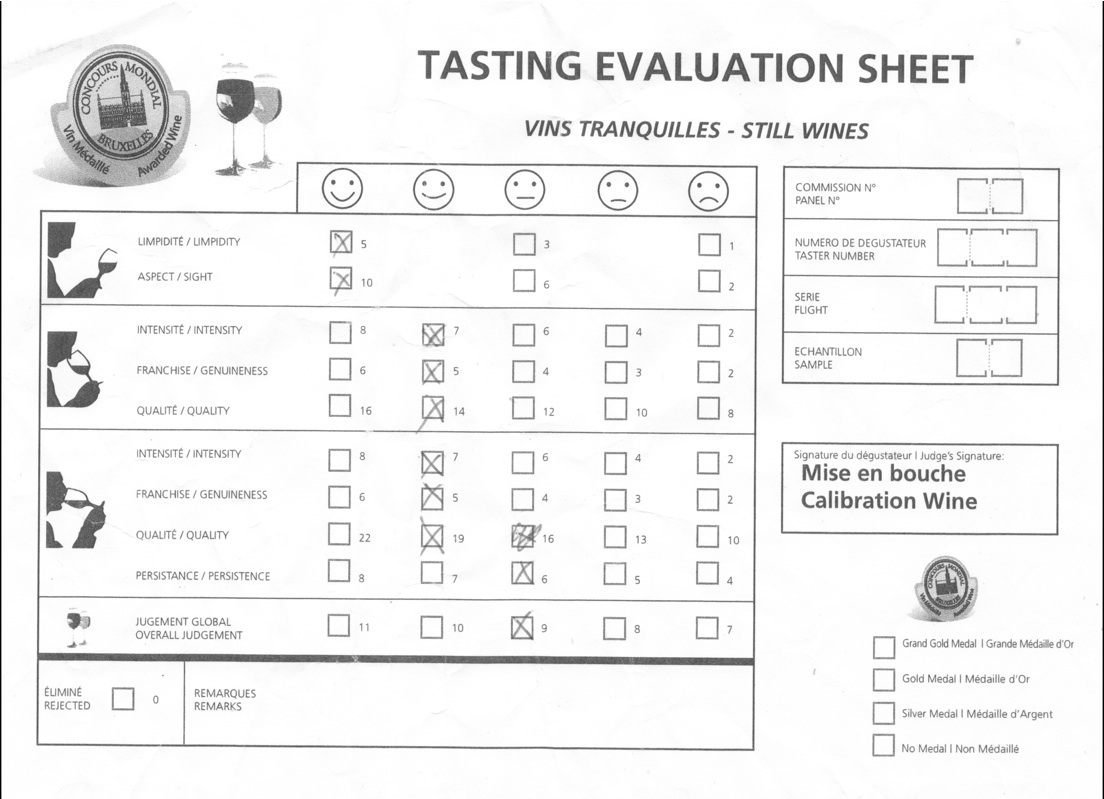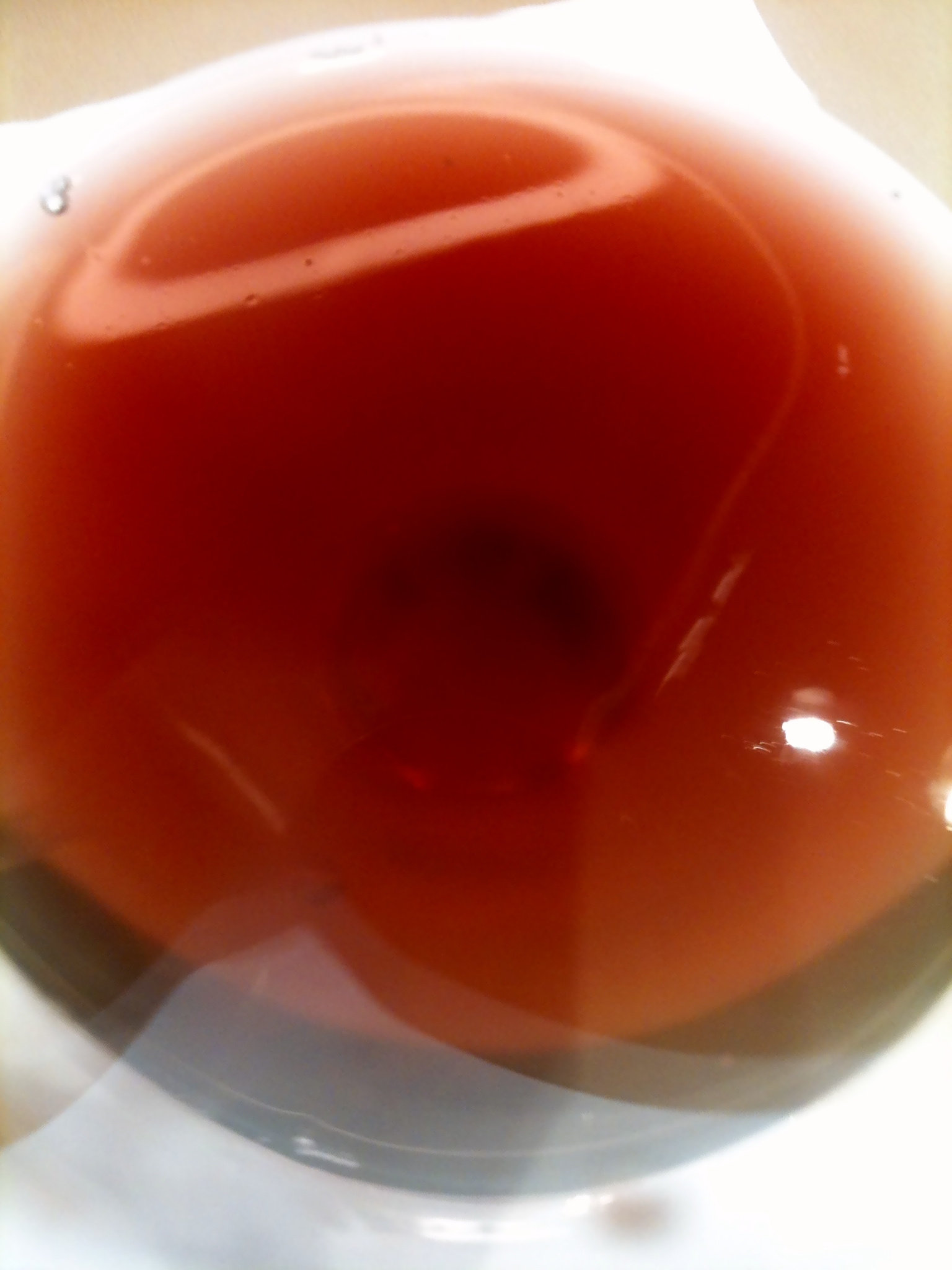Time to go, Mr. Merlot
Posted on 10 May 2012
So I’m in the medieval monastery of Pannonhalma in northern Hungary to judge at the Pannon Wine Challenge, the country’s most prestigious wine competition. The competition is now in its 13th year but has been substantially remodelled as of last year. Formerly there was a large jury (approx. 50% Hungarian and 50% international) that would be divided into several commissions each tasting their wines blind in isolation and rating them on OIV evaluation sheets. The top-scoring wines would be determined arithmetically. There would be no discussion.
And in actual practice more often than not, the competition became a political ballot for or against Hungarian red wines: a number of the jurors both from Hungary and outside would lobby for a red wine to win the grand trophy. Their argument would be to showcase and promote Hungary as a red winemaking country. I’ve nothing against the latter, but the situation became ludicrous one year when that lobby would push an oaky international-styled Merlot (that I generously rated 88/100) against an emotional, world-class sweet Tokaj that was a 100-pointer if there ever was one.
The new organisation is an improvement in that we work in small 3-strong juries in two rounds, first eliminating the ordinary wines and then actually selecting the medal winners. It’s a faster, more efficient and more reliable way of sifting the excellent out of the very good and not so good. There are no damn evaluation sheets requiring you to rate, among others, the wine’s ‘genuineness’ and there is more focus on what is important: whether the wine is nice to drink and will appeal to the public. Honestly it’s the only sensible way of doing a wine competition.
We’re about 2/3 through the first round, having finished the ‘good value’ category for wines that retail below 7€ (a good general level, with whites showing better than reds and a few respectable rosés) as well as all the whites. We’ve also gone through reds based on Pinot Noir, Merlot and the local Kékfrankos and Kadarka.
It’s too early to indicate my favourite wines but two things have clearly emerged from yesterday’s tasting. Firstly, it never ceases to amaze me how many faulty and mediocre wines are entered. To expect an oxidised 5-year-old red wine with brett and no fruit to fare well in the ‘Best Hungarian Red’ category shows that some producers are completely alienated from reality. But Hungary is no exception here and it happens in all competitions in the world.
The second observation is that Chardonnay and Merlot are the poorest wines currently produced in Hungary. They offer no personality and are clearly not adapted to most of the local terroirs and climates. Chardonnay is flabby, with no structure or minerality and easily dominated by oak (even worse when there is heavy-handed malolactic fermentation as well). Merlot is picked too late (as are most Hungarian red grapes), overextracted and overoaked and makes a jammy, flabby wine with no sense of place and no sense of refreshment. Those grapes were planted in the early 1990s in the first wave of modernisation and it followed a post-colonial logic that those most popular international varieties would have been embraced by emerging vintners. Twenty years on, it’s time for a ceremonial burial of these consistent underperformers.
Disclosure
I am paid to work as a juror at the Pannon Wine Challenge and my flights, accommodation and evening programme are paid for by the organisers.




